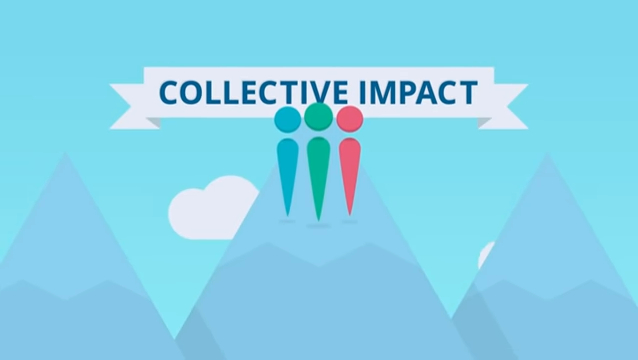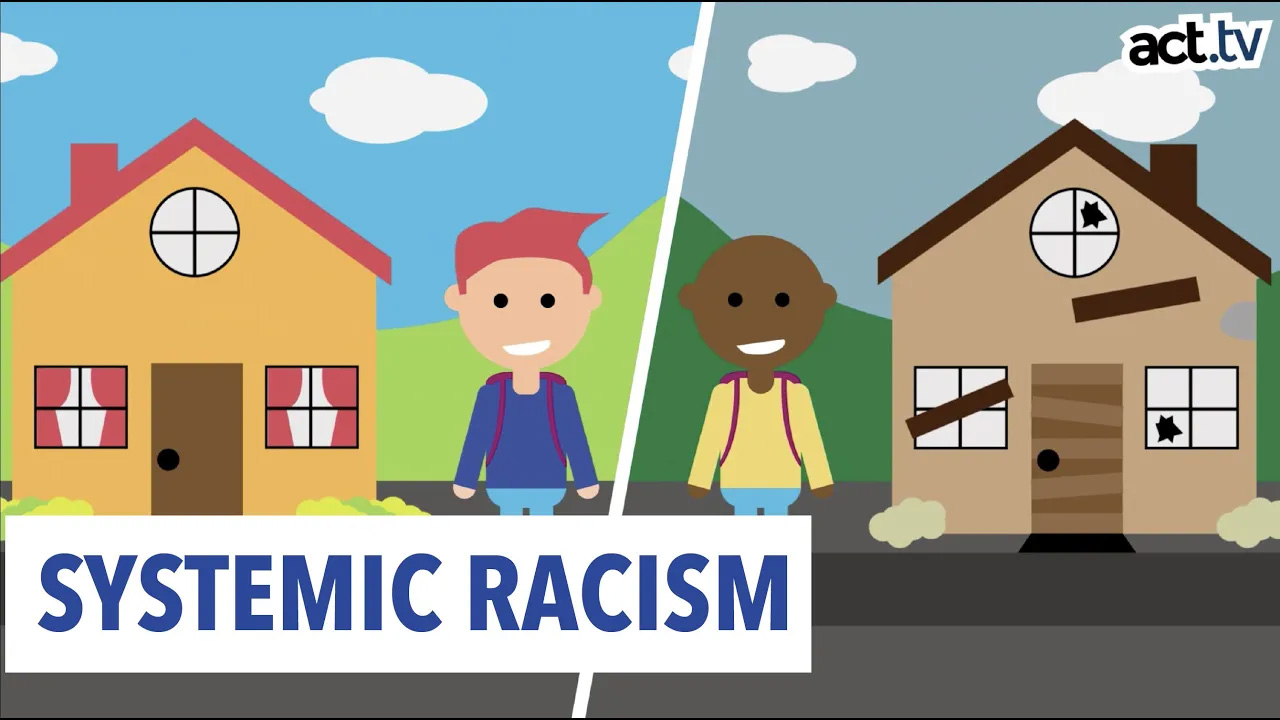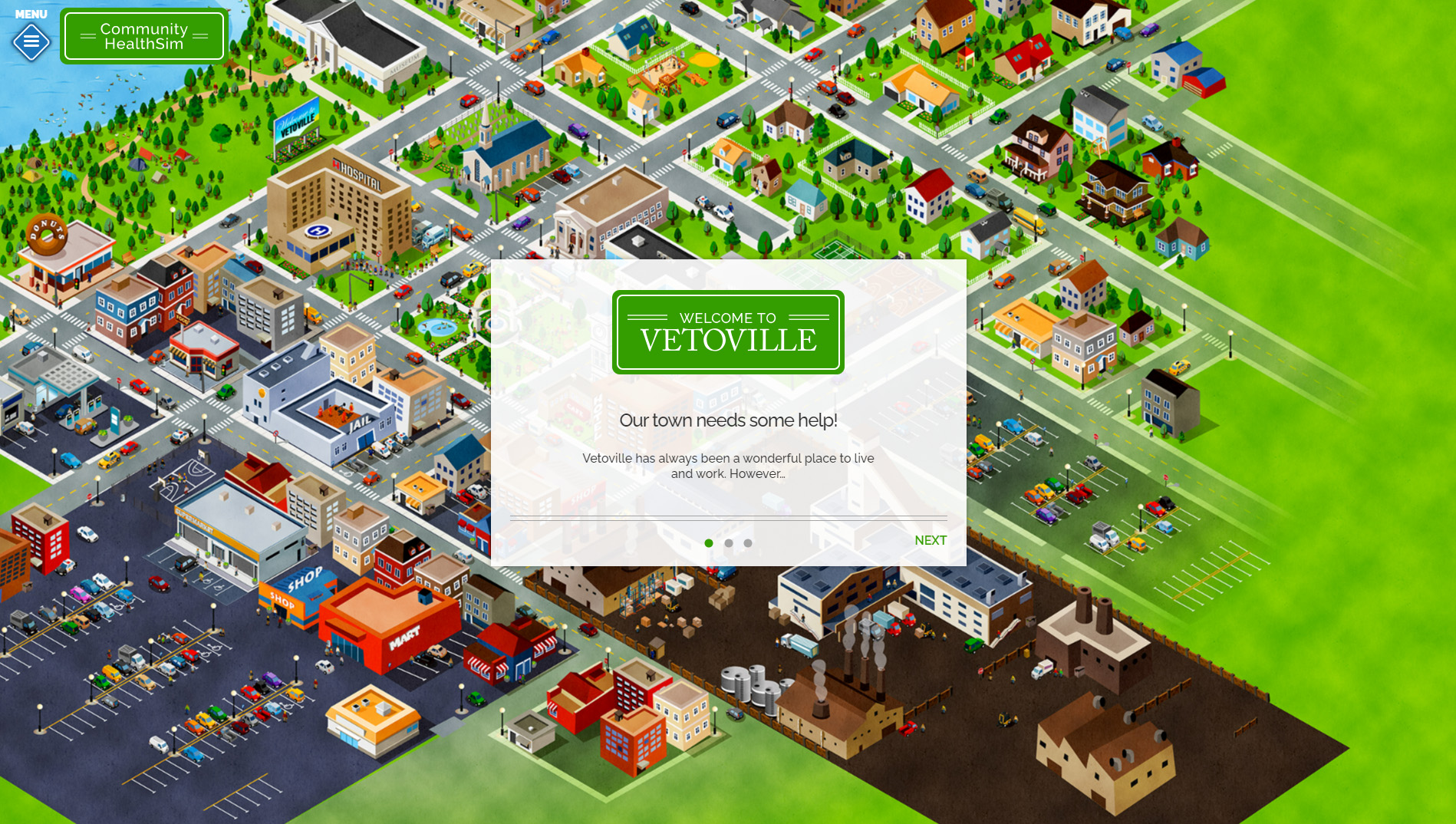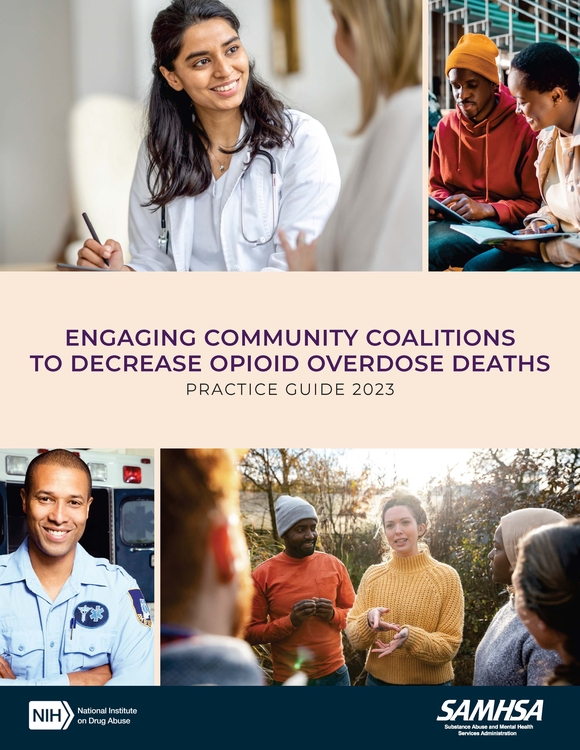Building Community Coalitions to Address Opioid-Abatement
Opioids affect our ability to be empowered to make good decisions for us and our families. For Black and Brown people, opioids open you up to the trap within our justice system to take away what rights, resources, and abilities we have to use to take care of our families and ourselves. Opioids also tear our families apart, break down our communities, and reinforce racism.
Because opioid misuse affects the entire community, the community needs to come together to solve the opioid problem. We must work to delay substance misuse among the young and offer accessible treatment for those trapped in addiction. To combat the stigma associated with treatment, providing accurate information about the nature of addiction and the role of brain functioning is important, as is addressing myths and presumptions about addiction and recovery.

What is COMMUNIVERSITY?
Communiversity implies a link between a university and the community. The current collaboration is an interactive collaboration with mutual respect for the experience and contributions of all involved. It involves the collaboration between a nonprofit harm-reduction organization with an Historically Black University, HBCU, allowing the organizations to effectively work together to reduce opioid misuse, overdose, and deaths in Durham, and throughout North Carolina.
The importance of a community coming together to solve the opioid problem cannot be overstated. This issue affects the entire community. Advantages of working together toward a solution include the following.
- When individuals agree that change is in their best interest, they can accomplish more by working together than by working individually.
- Collaboration can be a powerful force when solving problems that affect society as a whole.
The power of many different minds contributing to an initiative can improve the likelihood of successful outcomes.
Elements of Effective Community Coalitions




What Is Collective Impact?
Collective impact is the commitment of a group from different sectors working toward a common agenda for solving a specific social problem.
Organizations have been implementing collective impact for a long time. These successful collective impact initiatives have five conditions for their success.

Source: Community Toolbox (2023). University of Kansas.
1. COMMON AGENDA
All participants share a vision for change. It includes a common understanding of the problem and a joint approach to solving the problem through agreed-upon actions.
2. Shared Measurement
All participating organizations agree on measuring and reporting success. They develop a short list of common indicators they will use for learning and improving.
3. Mutually Reinforcing Activities
Diverse stakeholders, typically across sectors, coordinate differentiated activities through a mutually reinforcing action plan.
4. Continuous Communication
All players engage in frequent and structured open communication to build trust, assure mutual objectives, and create common motivation.
5. Backbone Support
An independent, funded staff is dedicated to the initiative. The staff provides ongoing support by guiding the initiative’s vision and strategy, supporting aligned activities, establishing shared measurement practices, building public will, advancing policy, and mobilizing resources.
How Might a Collaborative Reduce Opioid Deaths?
Many factors are responsible for the continuous increase in overdose rates, such as health disparities, social determinants of health, and income inequality. The disparities in opioid overdose (OOD) rates result not only from substance abuse but also from the inequality in or inaccessibility of substance abuse treatment and insufficient mental health access and stigma about seeking treatment. Lack of access to treatment and socioeconomic inequality are barriers against Hispanics and Black people seeking mental health care and substance abuse treatment.
We must work to reduce disparities; we can change things so that all people are treated more equitably, and ensure that the systems in place works for everyone!
By coordinating, communicating, and collaborating with education, public health, public safety, and other sectors, we can apply a cross-systems approach to inform and design overdose prevention interventions, programs, and policies and ensure they are available to all our neighbors (Houry, 2022). Several organizations are on paths like ours, and we might work together with such groups that are not directly focused on opioids but on health concerns, including the Prevention Institute and the National Network of Immunization Coalitions, which have several publications and resources that we could use in fulfilling our objectives. See PreventionInstitute.org and use works such as the CDC’s Public Health and Safety Team Toolkit.
ACT.tv: Systemic Racism Explained

Community Engagement
Community engagement is “a process of developing relationships that enable stakeholders to work together to address health-related issues to promote well-being for positive health impacts and outcomes” (WHO, 2020). To succeed in our community, our Collaborative will review data associated with opioids across the lifespan and develop an authentic view from a grassroots perspective: The opioid epidemic that you do not see. Collaborative members are trained to provide prevention information to the greater community, and all of us, as individuals as well as members of larger groups, can play a role in stopping the opioid epidemic that is ravaging our community.
- The collaborative will use a variety of methods, including mapping to determine intense areas of opioid overdoses in the Black community and talk with community members, employing motivational interviewing skills appropriate to this community (CDC, July 2022).
- The collaborative will help ensure the availability of fentanyl test strips and Naloxone. We will alert the community to the availability of Naloxone and the importance of staying in treatment till the craving for substances has diminished.
- We will work with additional stakeholders outside of the Collaborative to ensure all parts of the community have a voice and can be heard about their concerns.
- The collaborative will provide training and guide peers to help with interventions.
- We will link with those outside of the current coalition to provide a broader base of support to include the medical community, additional members of the faith community, and representatives of the elderly and veterans so that high-risk groups can receive attention and learn new skills for prevention.
Dealing with Adverse Childhood Experiences (ACEs)
ACEs are Adverse Childhood Experiences that impact individuals over a lifespan. They are so important that we have devoted Module 3 to ACEs. However, ACEs are a community problem as well as an individual one. So, we wanted to have you think about what our community can do to make life better for our children. If we can help our children, everyone’s life will be better. There will be fewer cases of delinquency, healthier people, and life will be better for all.
Groups in Durham are working to improve the lives of people here.
They include the Community Health Assessment group that looks at various factors, many of which are ACEs, to see how to make these factors less devasting to our population. The objectives of this group, like ours, are united by the sponsorship of Duke University.
The goals of the Durham County Community Health Assessment, like those of this project, involve various community segments working together to improve people’s lives in various areas, including awareness and ACES remediation. There should be a link or tie-in with this group because we have common objectives (Durham County Health Assessment, 2020).
- The business community can also play a role, including providing family-friendly policies and offering employment assistance programs where those who need help with family problems, including substance misuse and mental health, can get it confidentially.
- Some companies can adopt local schools and provide corporate staff as mentors and support, offering scholarships and employing local residents — including teens in summer programs.
- Community leaders, including politicians, clergy, educators, business leaders, and neighbors, can meet and examine the chart below and find ways to implement and support programs that address each area.
- Not only will doing so lower substance misuse issues, but it will also make the whole community a better place to raise children and the quality of life for the community will be better. Interestingly, before Obama became president, he was involved in community organizing in Chicago to do many of these things.
Preventing Adverse Childhood Experiences (ACEs)
Strategy | Approach |
|---|---|
Strengthen economic support to families |
|
Promote social norms that protect against violence and adversity |
|
Ensure a strong start for children |
|
Teach skills |
|
Connect youth to caring adults and activities |
|
Intervene to lessen immediate and long-term harms |
|
Raising awareness of ACEs can help:
- Change how people think about the causes of ACEs and who could help prevent them.
- Shift the focus from individual responsibility to community solutions.
- Reduce stigma around seeking help with parenting challenges or substance misuse, depression, or suicidal thoughts.
- Promote safe, stable, nurturing relationships and environments where children live, learn, and play.
Let’s help all children reach their full potential and create neighborhoods, communities, and a world where every child thrives (CDC, 2023).
Veto Violence is the CDC prevention resource, part of the suite of tools and training, Community HealthSim.This new tool will take you on a tour of Vetoville. You will play the role of a “special advisor” — brought in to determine how to spend the town’s resources to improve community issues, such as struggling businesses and schools, an overcrowded jail, and long wait hours at the emergency room.
Put your violence prevention knowledge to the test and see how the choices you make affect the long-term success of Vetoville. Go to the Veto Violence Community HealthSim website.
Explore Community HealthSim, a new violence prevention resource from CDC.
When we work together, we can make many positive things happen that will not only lower the OUD rate but enhance the lives of all people in our community.
Community Organizations Making a Difference
Safe Kids NC Safe Disposal
Safe Kids North Carolina partners with the State Bureau of Investigation, the Drug Enforcement Administration and local Safe Kids Coalitions and law enforcement agencies to provide a safe disposal method for over-the-counter medicines and old or unneeded prescriptions.
NC Harm Reduction Coalition (NCHRC)
Naloxone kits and instructions are provided by NCHRC throughout North Carolina. Kits are available on Fridays from 4 – 6 p.m. at the Sunrise Recovery House during the summer.
NCHRC in Durham County provides clean needles and injection supplies to those addicted to opioids. nchrc.org
Community Linkages to Care (CLC)
The Peer Support Program for Overdose Prevention and Response links Durham residents with substance use disorder (SUD) to evidence-based treatment, harm reduction, housing and other support services through community-based partnerships and a proven peer support model.
Together for Resilient Youth (TRY)
Together for Resilient Youth (TRY) works to prevent Adverse Childhood Experiences, racism and historical trauma that can result in substance use, suicide, violence, and other behaviors among youth by creating a resilient community through education, grassroots actions, grassroots mobilization, and collective impact.
Coalition Resources
Test Your Knowledge (answer yes or no)
1. Agreement on goals and how to measure them are elements of effective community coalitions.
YES. Effective community coalitions must agree on their goals and how they will determine their progress toward meeting those goals.
2. Collective impact is when members of the group work toward a common goal.
YES. Collective impact requires group members to have a common goal and shared resources that will help them reach that goal.
3. Communication is not as important in collective impact as is electing a strong leader.
NO. Communication from all parts of the group is vitally important, and a strong leader may help the group achieve their goals, but unless the group can share their ideas and concerns, the changes they are seeking may not happen.
4. Community engagement means that members of the group get along so well that many of them decide to get engaged and marry.
NO. Community engagement means that members of the community have a voice and are listened to about their ideas and concerns as they work toward a solution to their common problem.
5. Some of the ways our community can work toward solving the opioid problem include providing fentanyl strips to test drugs and ensuring that there is an adequate supply of Narcan.
YES. Having fentanyl test strips and Narcan are two ways to make a dent in the problem, but there is much more the community can do.

